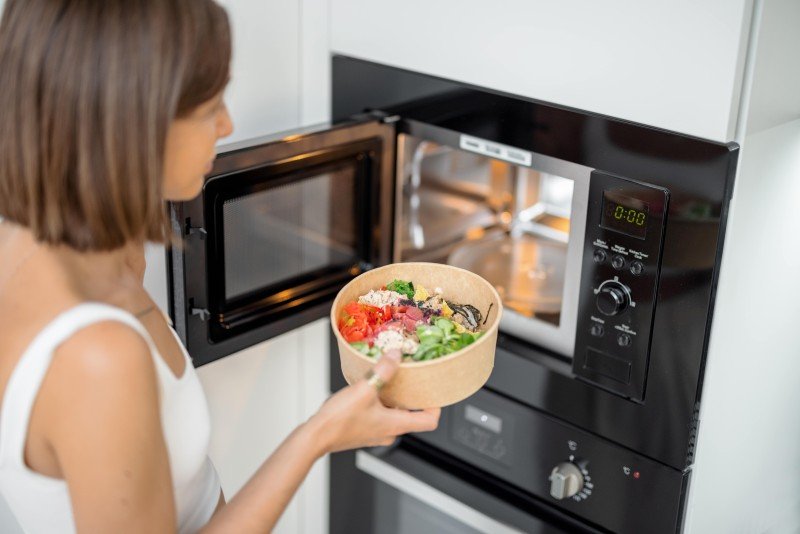20 Trailblazers Setting The Standard In Oven And Hob
The Complete Guide to Ovens and Hobs: Choosing the Right Appliances for Your Kitchen
When it comes to developing cooking masterpieces, the significance of quality kitchen appliances can not be overemphasized. Ovens and hobs are the heart of any kitchen, enabling home cooks and professional chefs alike to develop, bake, and sauté tasty meals. Comprehending the different kinds of ovens and hobs, together with their features and functionalities, is essential for making informed buying choices. This short article uses an in-depth take a look at ovens and hobs, helping you browse the choices readily available so that you can improve your kitchen's efficiency and adaptability.
Comprehending Ovens
Ovens are vital for cooking and baking and come in various types to fulfill diverse cooking needs. Here is an introduction of the most typical kinds of ovens:
1. Traditional Ovens
Traditional ovens work by heating up the air inside with gas or electric aspects. They are best for baking cakes, roasting meats, and cooking casseroles.
2. Convection Ovens
These ovens use a fan to circulate hot air, providing an even temperature throughout, which can substantially lower cooking times. Sales Ovens are perfect for baking cookies or roasting veggies.
3. Microwave Ovens
Microwaves prepare food rapidly utilizing electro-magnetic radiation. They are perfect for reheating leftovers or thawing frozen foods but are not ideal for browning or crisping.
4. Wall Ovens
Incorporating a wall oven into your kitchen style can conserve area and produce a sleek visual. They operate much like conventional or convection ovens however are built into the wall for simple access.
5. Variety Ovens
These ovens integrate stovetop burners with an oven, providing adaptability for those who choose a single device for all cooking needs.
Type
Cooking Method
Best For
Traditional
Electric/Gas
Baking, roasting
Convection
Air circulation
Quick cooking, even baking
Microwave
Electromagnetic
Reheating, defrosting
Wall Ovens
Electric/Gas
Space-saving, smooth style
Range Ovens
Electric/Gas
Flexible cooking
Exploring Hobs
Hobs, also known as cooktops or stovetops, provide the surface to prepare pans directly over a heat source. Like ovens, hobs come in various types, which can be classified as follows:
1. Gas Hobs
These hobs utilize a flame for cooking and supply instant heat control. They are favored by many chefs for their responsiveness and accuracy.
2. Electric Hobs
Electric hobs use coils or flat surface areas to heat pans. They use a consistent heat source, but they might take longer to cool off compared to gas hobs.
3. Induction Hobs
Induction hobs use electro-magnetic energy to heat pots and pans straight, making them extremely efficient and quicker to cook. They are likewise simpler to clean up as the surface area stays relatively cool.
4. Solid Plate Hobs
These are older technology that utilizes solid metal plates to provide heat. They are durable however are less effective than modern-day choices.
Type
Heat Source
Benefits
Disadvantages
Gas Hobs
Flame
Instant heat control
Needs gas connection
Electric Hobs
Electric coils
Consistent heat
Slower to cool down
Induction Hobs
Electromagnetic
Quick cooking, energy-efficient
Needs suitable pots and pans
Solid Plate Hobs
Solid metal plate
Sturdiness
Less effective
Selecting the Right Appliances
Choosing the ideal oven and hob for your kitchen includes considering various factors:
1. Area and Layout
Procedure your kitchen location to identify the size and placement of the oven and hob. Guarantee there is appropriate ventilation, specifically for gas devices.
2. Cooking Style
Think about how typically you prepare and the kind of meals you prepare. A convection oven may match devoted bakers, while somebody who often stir-fries may prefer an induction hob.
3. Energy Source
Choose on the energy source that best fits your lifestyle. Gas uses instant control, while electric and induction hobs provide ease of use and are often more energy-efficient.
4. Spending plan
Recognize your budget for kitchen home appliances. Ovens and hobs vary considerably in cost, depending on functions and brand names. Prioritize necessary functions that fulfill your needs.
5. Functions
Try to find functionalities such as self-cleaning alternatives, wise technology compatibility, specific rack configurations for ovens, and safety features for hobs.
Regularly Asked Questions (FAQs)
Q1: What is the difference between a traditional oven and a convection oven?A1: Conventional ovens heat up the air inside without fans, while stove utilize a fan to circulate hot air for more even cooking. Q2: Can I utilize aluminum cookware on induction hobs?A2: No, induction hobs require ferrous (magnetic )products like cast iron or stainless-steel to work efficiently. Oven Hobs : Do gas hobs heat much faster than electric hobs?A3: Yes, gas hobs supply instant heat, making them much faster for cooking compared to electric hobs. Q4: Is it safe to use a microwave oven?A4: Yes, when utilized according to the manufacturer's instructions, microwave are considered safe for food preparation.
Q5: How often need to I clean my oven and hob?A5: For ideal efficiency, clean your oven routinely, particularly after spills. Hobs need to be cleaned down after each use
to prevent accumulation. Ovens and hobs
are indispensable components of a well-equipped kitchen. Comprehending the different types, their performances, and the factors to consider associated with buying
them can drastically improve cooking experiences. Whether one is a casual home cook or an expert chef, investing time in picking the ideal home appliances can cause culinary success and satisfaction in the kitchen. By focusing on functions that line up with your cooking style, energy sources that fit your home, and budget plan considerations, you can create an effective office that inspires culinary imagination. 